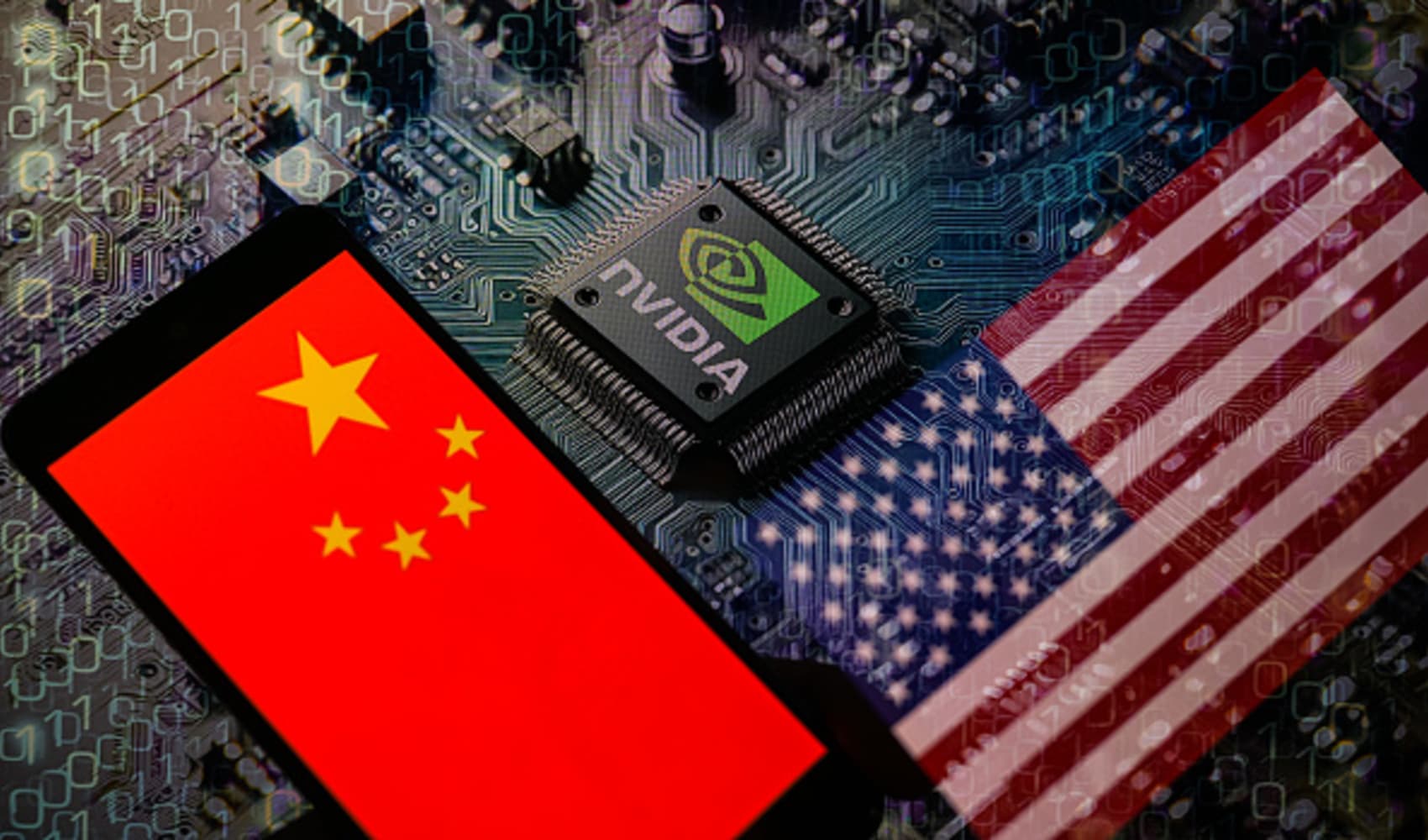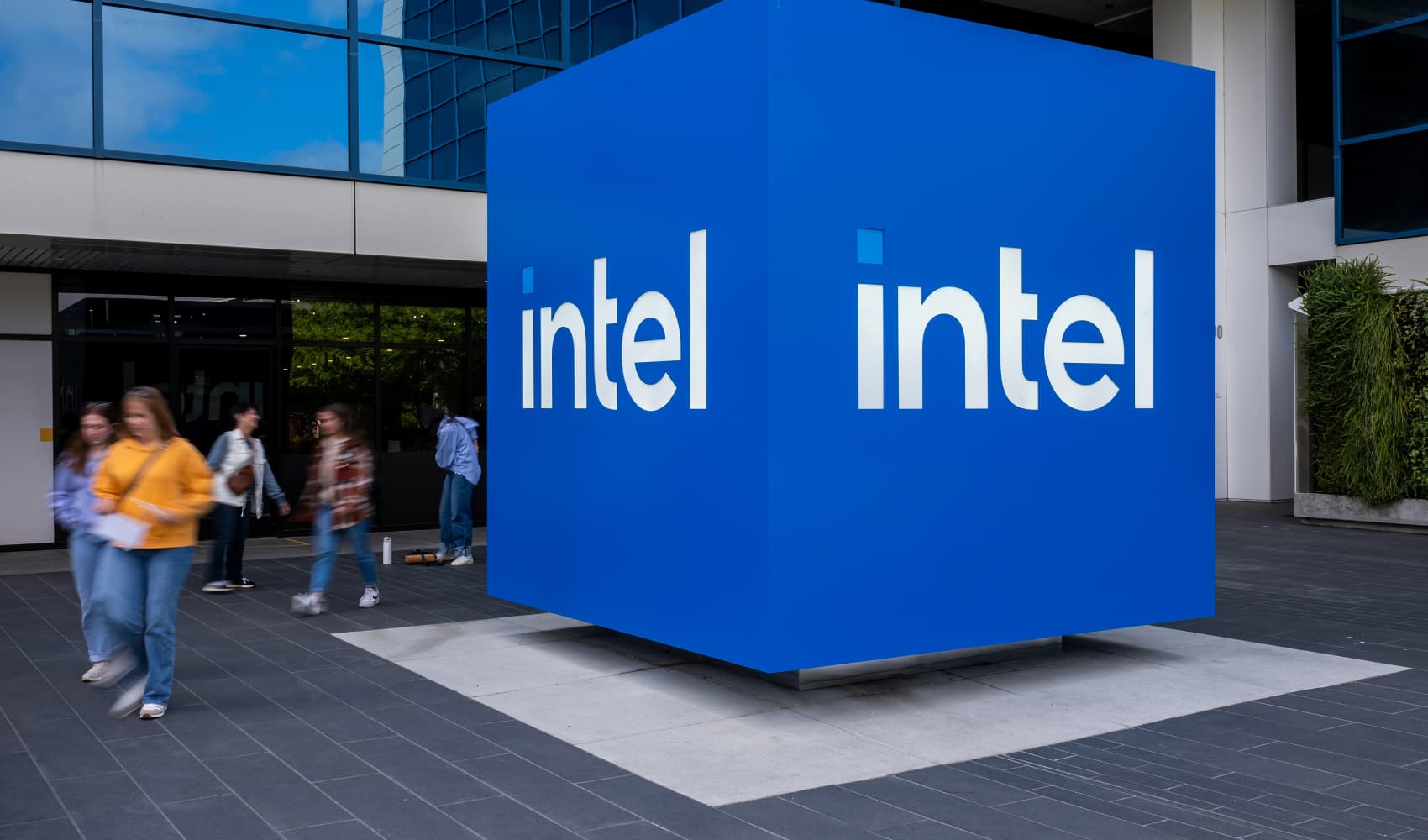U.S. Chip Controls: Will Huawei Overtake Nvidia in China?
U.S. Chip Controls: Huawei Set to Rise Against Nvidia in China?
The Shifting Sands of Semiconductor Supremacy
The tech world is buzzing. It's like watching a high-stakes chess match, and the latest move involves U.S. chip controls and their potential impact on the global semiconductor landscape. Specifically, we're talking about how these restrictions on Nvidia's sales to China could inadvertently boost the fortunes of homegrown contenders like Huawei. Is this a self-inflicted wound? Let’s dive in.
Nvidia's H20 Halt: The Catalyst for Change
The U.S. Commerce Department recently threw a curveball, announcing that Nvidia's H20 graphics processing units (GPUs), previously designed to comply with export restrictions, would now require export licenses. This essentially halts the sale of these powerful chips to China. And it is not only Nvidia, additional chips from AMD are also included. Nvidia has already felt the pinch, estimating a quarterly charge of around $5.5 billion. Ouch!
The Ripple Effect: More Than Just Nvidia's Losses
This isn't just about one company's bottom line. This move has a far-reaching ripple effect. Consider the Chinese tech ecosystem, desperately seeking alternatives to Western technology. Nvidia’s absence creates a void, a massive opportunity for domestic players to step up.
Huawei's Opportunity: A Phoenix Rising?
Enter Huawei. Remember the controversies surrounding them a few years ago? Despite facing its own set of challenges and restrictions, Huawei remains a formidable force in the Chinese tech landscape. Now, with Nvidia's wings clipped, Huawei might just have the opening it needs to truly soar in the AI chip market. It's like handing them a golden ticket, isn’t it?
Local Alternatives: Filling the Void
The demand for advanced AI chips in China isn't going anywhere. If anything, it's increasing exponentially. This means Chinese companies will actively seek domestic solutions. Huawei is best positioned to meet this demand, at least within China.
The Bigger Picture: China's Semiconductor Ambitions
Let's not forget the broader context. China has been aggressively pursuing self-sufficiency in semiconductors for years. This isn't just about pride; it's about national security and economic independence. The U.S. restrictions might inadvertently accelerate this process.
Domestic Innovation: A Forced March Forward
Think of it as a forced march forward. Deprived of readily available Western technology, Chinese companies are compelled to invest heavily in research and development. This could lead to breakthroughs and innovations that might not have occurred otherwise. Necessity, as they say, is the mother of invention.
Analyzing the Analysts: What Are They Saying?
Semiconductor analysts are almost universally agreeing on one point: These U.S. chip controls will likely benefit Chinese companies like Huawei. They argue that the move will create a strong incentive for Chinese companies to develop their own domestic alternatives to Nvidia's products. It’s basic supply and demand, right?
Market Dynamics: A Shifting Landscape
The market dynamics are definitely shifting. We're seeing a potential realignment of power in the global semiconductor industry. This isn't just about Nvidia versus Huawei; it's about the long-term competitiveness of the U.S. versus China in this crucial sector.
The Risks and Challenges for Huawei
Of course, it’s not all smooth sailing for Huawei. There are significant challenges. Developing cutting-edge AI chips is incredibly complex and requires substantial investment in research and development, and a skilled workforce.
Technological Hurdles: Can Huawei Clear Them?
Huawei needs to overcome significant technological hurdles to truly compete with Nvidia on a global scale. Can they do it? That's the million-dollar question. But the determination and resources of the Chinese government and its domestic tech champions shouldn't be underestimated.
Geopolitical Implications: A Tech Cold War?
These chip controls are just one aspect of a broader geopolitical competition between the U.S. and China. Some even see it as a "tech cold war." This competition has far-reaching implications for trade, security, and the future of technological innovation.
The Global Impact: Beyond U.S. and China
This isn't just a U.S.-China issue. It affects the entire global tech ecosystem. Companies in other countries are also navigating this complex landscape, trying to find opportunities and mitigate risks. The world is watching closely.
The Long-Term Consequences: What Lies Ahead?
What are the long-term consequences of these U.S. chip controls? Will they ultimately stifle Chinese innovation, or will they spur it on? Will they weaken Nvidia's position in the global market, or will the company adapt and thrive? Only time will tell.
Scenario Planning: Preparing for Different Outcomes
It's crucial for companies and governments to engage in scenario planning, considering different possible outcomes and preparing for the challenges and opportunities that lie ahead. The future is uncertain, but proactive planning can help navigate the complexities.
The Impact on AI Development: A Global Perspective
The availability of advanced AI chips is critical for the development of artificial intelligence. Restrictions on chip sales can impact the pace of AI innovation in different countries. China's continued access to AI chips, whether through domestic production or other means, will be vital to its AI ambitions.
AI Race: Who Will Lead the Way?
The race to lead in AI is fierce, and access to cutting-edge hardware is a key ingredient for success. These U.S. chip controls could reshape the playing field, potentially giving China a greater incentive to accelerate its own AI chip development.
Conclusion: The Semiconductor Saga Continues
The U.S. chip controls on Nvidia and other companies have set off a chain reaction, potentially reshaping the global semiconductor landscape. While the immediate impact is felt by Nvidia, the long-term consequences could see a rise in Chinese domestic chipmakers like Huawei. This is a complex situation with no easy answers, but one thing is clear: the semiconductor saga is far from over. The tech world will be watching closely to see who emerges as the victor in this high-stakes game.
Frequently Asked Questions
- Why are the U.S. imposing these chip controls on China?
The U.S. government cites national security concerns, arguing that advanced chips could be used for military purposes. The aim is to prevent China from accessing technology that could enhance its military capabilities.
- How will these controls affect Nvidia's business?
Nvidia will likely see a significant decrease in revenue from the Chinese market. The company will need to find alternative markets or adjust its product offerings to comply with the restrictions.
- What other Chinese companies could benefit besides Huawei?
Several other Chinese companies are also developing AI chips and could benefit from the increased demand for domestic alternatives. These include companies like Cambricon, Horizon Robotics, and Biren.
- Are there any loopholes that China can exploit to get around these controls?
China may explore various strategies to circumvent the restrictions, such as importing chips through third countries or focusing on developing older generation chips that are not subject to the controls. However, these strategies may not fully meet their needs.
- What can other countries do to mitigate the impact of these U.S.-China tensions on their own tech industries?
Other countries can focus on diversifying their supply chains, investing in domestic semiconductor production, and fostering international collaborations to reduce their reliance on any single country or company. They should also encourage a rules-based international system for trade and technology.






